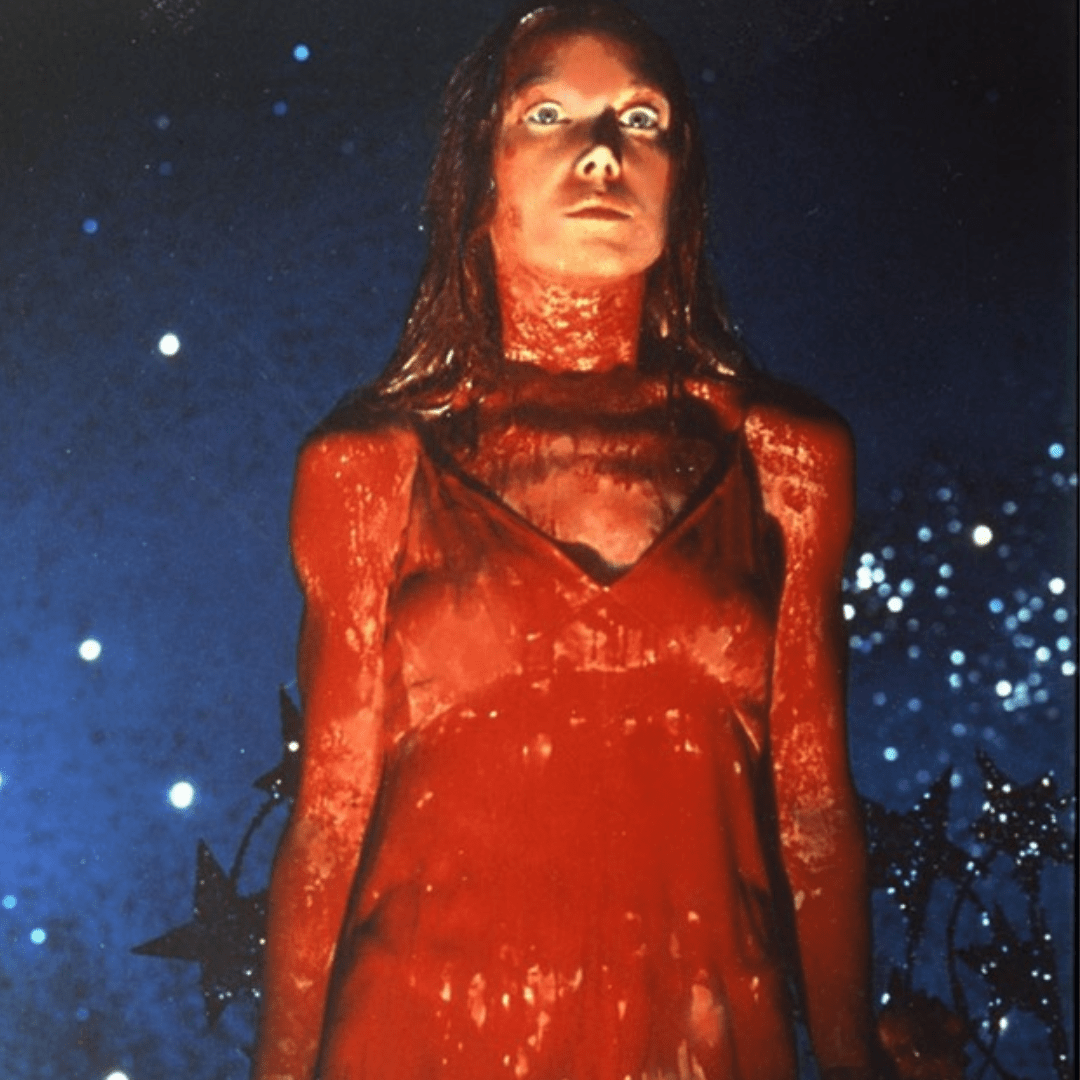By Maisie Jennings
‘An endearing tale of sisterhood against the odds’ – this was my review of Julia Ducournau’s Raw, a French film about two sisters studying at a prestigious veterinary school, and their mutual gastronomic indulgence in human flesh. Irreverent Letterboxd witticisms aside, the film draws upon a fairly recent, radical tradition of subverting the horror genre through feminist iterations of body horror.
In Raw, Justine is a naive first-year student, subjected by her older sister, Alexia, and her peers, to a humiliating and debauched hazing. Raised staunchly vegetarian, she’s drenched in animal blood and forced to eat raw rabbit kidney. Soon after, she develops an inflamed rash all over her abdomen; it’s a physical, Cronenbergian manifestation of her new compulsion for meat and flesh. Her transformation is terrifying, visceral, and located with her emerging sexuality. Justine’s cannibal interiority is gendered – she takes on masculine prerogatives of violence, animal bodily pleasure, a lack of inhibition, and sexual appetite. Ducournau addresses the feminist nature of Justine’s cannibalism as ‘a punk gesture against this patriarchy’; this is particularly resonant in Justine’s first taste of human flesh, which arises from a bikini wax gone horrifically awry, resulting in Justine heartily gobbling her sister’s severed finger. It’s a startling reiteration of girlhood. The body horror of the film – its teeth, blood, viscera – is a corporealisation of feminist resistance.
The body, or biological horror genre is concerned with transforming the human form through grotesque violations of the body. Often, in mainstream slasher films and horror cinema, female bodies function as the site for such mutilations – as a locus of fear and pain. There are long, gratuitous shots of women in peril, sexualised acts of violence, the penetrating blade of a male killer. Body horror, with its emphasis on the consciousness of terror, is able to respond to the treatment of female bodies and pain.
One of the very earliest instances of this occurs in David Cronenberg’s 1983 film Videodrome. The film begins with scenes of graphic sadomasochism and torture, as the protagonist, Max Renn, discovers ‘Videodrome’ – a broadcast of snuff films we would now associate with dark corners of the internet. Max, a sensationalist network director, believes he has found the illicit ‘high art’ for his channel to distribute. In reality, the broadcast causes malignant brain tumours and hallucinations in the viewer, causing a maddening addiction to its sexually violent content. As ‘Videodrome’ distorts Max’s grip on reality, he develops a vaginal opening in his abdomen in which hallucinatory tapes are forced inside. Cronenberg is depicting the way we internalise content literally, through a technological wounding of the body; the way pornography is consumed is likened to the slow, insidious progression of cancer. However, in giving Max this exposed vaginal wound, Cronenberg is also turning the sexualised gaze of the camera away from the initial BDSM snuff videos and towards the pornographer himself. Max becomes vulnerable to penetration; he becomes the subject of violence and terror. Cronenberg’s body horror challenges the exploitation flicks Videodrome is in dialogue with – he is self-reflexively commenting on porn, B-movie horror, and our easy consumption of violence against women.
In inverting the traditional subjugation of the female body, Cronenberg’s influence on subverting the location of pain in cinema through a feminine transformation pervades an assortment of arthouse and mainstream horror. Returning to the emergence of female sexuality explored by Raw, the preeminent site of grotesque feminine transformation is puberty. This is perhaps an obvious focal point; I think, since the first film adaptation of Stephen King’s Carrie in 1976, there could be an entire subgenre of ‘menstrual horror’. The purported mystery and shamefulness of female adolescence is hyperbolised through monstrous encounters with PMS-induced bloodlust. It’s a trope with the potential to be both incredibly demeaning, and remarkably feminist. The difference, I believe, can be negotiated through explicit emphasis on the duality of the female body as an object of subjugation for its assumed weakness, as well as for its perceived threat. This is how body horror can be used as a process of ‘othering’ to identify and explore female bodily experiences and psychological landscapes.
Films like Ginger Snaps (2000) and Jennifer’s Body (2009), straddling the genres of supernatural body horror and young adult coming-of-age, inaugurate a playful, yet distinctly feminist reimagining of the terrifying metamorphosis of a teenage girl. Both films also centre the importance of female friendships and sisterhood, and, arguably, entail queer interpretation and analysis. They stand as unlikely predecessors of Raw, a film so graphic it caused some viewers to faint at the 2016 Toronto International Film Festival, crucially, however, they demonstrate the broad spectrum of feminist cinema body horror is able to engage with. It is a genre that is as much transformative and shifting in its content, as it is in its nature.

